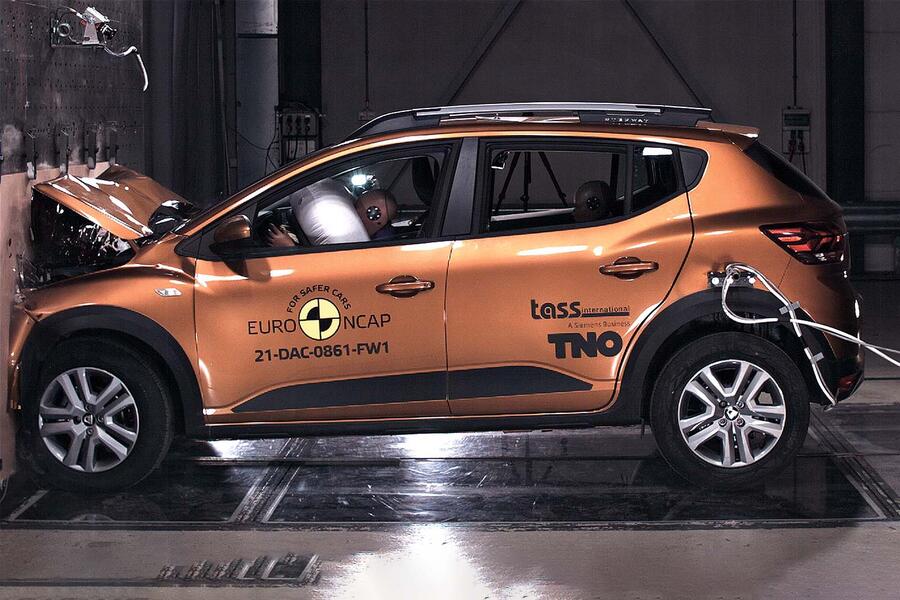While researching for a recent Lotus Elise feature, I came across information about and tests of the 340R, a limited-run, extra-light, Elise-based roadster made by Hethel in 2000.
It received a warm reception, although we were somewhat involved in its development, so it had to be well received, despite being acknowledged as “a very expensive exercise in minimalism.”
I’m not sure if it was as widely adored as the conceptually simpler 2-Eleven of 2007, but it was probably ahead of its time. Special editions of sports cars and supercars have become a common way for niche makers to generate revenue.
But that’s not what I want to discuss this time. What caught my attention was the interior of the Lotus 340R, with its bare spar extending like a bridge across the width, instruments attached to it and a vertical central pillar with functional buttons.
It reminded me of something, and then I looked at pictures of Lotus’s new electric hypercar, the Evija. Twenty years later, there’s a conceptually similar horizontal spar and a vertical pillar housing functions.
Today’s interior is slightly more complex, but today’s production cars are more intricate than an Elise-based lightweight special, and they need air vents.
Another connection is that Lotus “prepared five designs” for the 340R, and “the decision was taken to go with the Russell Carr proposal.”
And who is the designer of the Evija? None other than Russell Carr. There are significant differences between these cars, and Lotus is a very different company than it was 20 years ago, but I was struck by the connection.
Is it feasible to drive a car for a high number of miles?
Have you ever come across a car with an incredibly high mileage? As mentioned in the Elise feature, I found a Series 1 example that has been driven for 290,000 miles. I’m interested in learning more about it and other high-mileage cars, to understand what makes a car suitable for accumulating such high mileage.
Is it only interesting and highly valued cars that are capable of covering long distances, or are there unremarkable vehicles still in operation, clocking up five-figure distances over decades of daily commutes while their counterparts have been scrapped?













